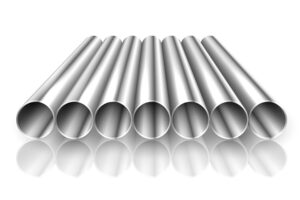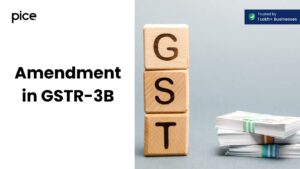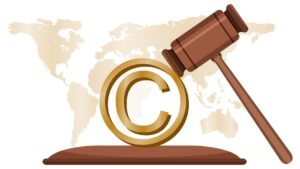Know About EPCG Scheme GST Exemption
- 2 Jan 25
- 9 mins
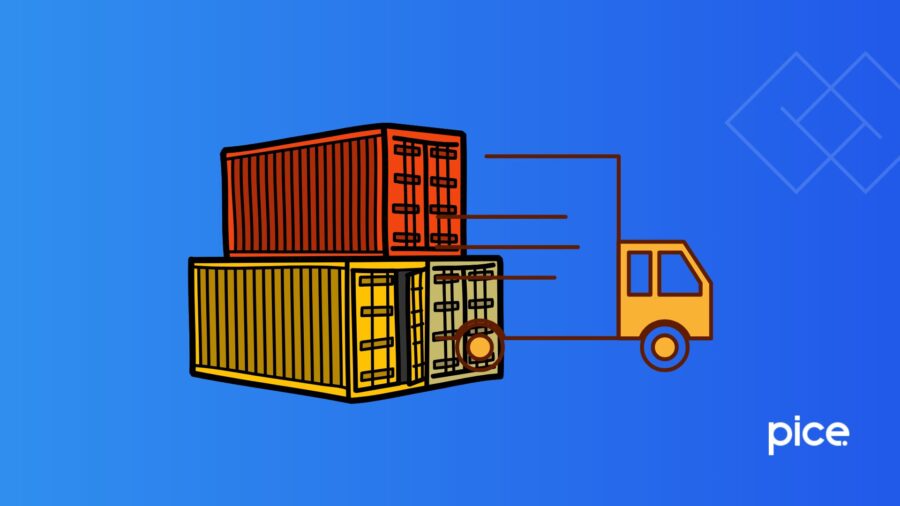
Know About EPCG Scheme GST Exemption
Key Takeaways
- EPCG scheme offers customs duty and GST exemptions to importers for capital goods.
- Exporters must fulfill export obligations six times the duty saved within six years.
- Manufacturers, merchants, and service providers are eligible under the EPCG scheme.
- Importing green technologies reduces export obligations, promoting sustainability.
- The EPCG license application process is quick and conducted online via DGFT.
Importers can avail the EPCG scheme GST exemption on the importation of capital goods. Such importers can utilise the imported capital goods to produce finished goods for export from India. This scheme allows importers to avail reduced customs duty or zero customs duty, facilitating improved cash flow for businesses. Learn about this scheme in detail here.
Export Promotion Capital Goods Scheme
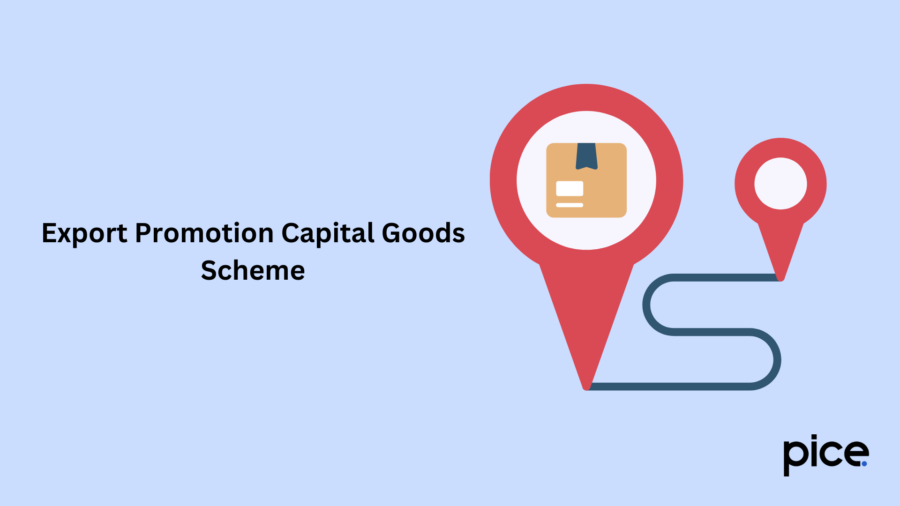
The Export Promotion Capital Goods scheme aims to reduce customs duties on capital goods to zero. The government initiative through the Directorate General of Foreign Trade of India (DGFT) considers capital goods in pre-production and post-production stages.
Under this scheme, importers can import capital goods at concessional customs duty rates. Further, the imported capital goods can be used for export and manufacturing. These imported capital goods are exempt from IGST & Compensation Cess under the GST regulations.
In meeting the export obligation, importers are allowed to produce goods without the need to pay customs duty. Notably, capital goods included are spare parts, dies, jigs, tools, fixtures, software, computer systems and moulds that importers need to produce items for export.
Export Promotion Capital Goods
Exporters can avail the zero-duty EPCG scheme for electronic products. However, the export obligation applicable is 6 times the duty saved on the import of capital goods under the EPCG scheme. This export obligation needs to be fulfilled in 6 years reckoned from the issue date of export promotion capital goods authorisation.
Import of capital goods under the EPCG scheme allows a concession of 3% duty for pre-production, production and post-production of goods for exporters supporting the domestic supply chain. It applies a 3% custom duty with an export obligation of 8 times the duty saved from the issue date of authorisation.
The capital goods considered include refurbished and reconditioned spares. In addition, importers can import second-hand capital goods provided there is no age restriction. If the realisation is in free foreign exchange, the export obligation can be fulfilled by supplying ITA-1 items to DTA.
You can find the details of the EPCG scheme in Chapter 5 of India’s Foreign Trade Policy and Procedures. This is available on the website of the Department of Commerce, Ministry of Commerce and Industry.
Benefit from the EPCG Scheme
Here are the benefits businesses can reap from the EPCG scheme:
- Cost-effectiveness
Under the EPCG scheme, businesses can significantly reduce their customs duty, cess and GST which contributes to a reduced export figure. Thus, it is a cost-saving opportunity for businesses.
2. Improved Efficiency
The EPCG scheme allows the import of new technology and machinery. As a result, businesses can operate with improved efficiency to acquire a competitive edge in the global market.
3. Facilitates Investment
The EPCG scheme allows exemptions to businesses importing green technologies. As a result, businesses can boost their ESG (environment, social, and governance) aspects. This can further help in attracting foreign investors for funding and sustainable business growth.
Eligibility Criteria for EPCG License
If your business is from any of the following categories, it can qualify for the EPCG scheme:
Manufacturer Exporters
If you are a manufacturer producing goods for export, you can import capital goods under the EPCG scheme. This helps you improve your factory condition and facilities to produce higher and improved output.
Merchant Exporters
Merchant exporters focus on trading and not manufacturing export goods. As a merchant exporter, you can be eligible for the EPCG scheme to support manufacturers claiming zero customs duty on capital goods.
Common Service Providers (CSP)
If you are engaged in a business providing services, you apply for the EPCG scheme. Four modes of export are considered as the CSP's export obligation as follows:
1. Mode 1 (Cross-border Trade): service providers rendering services to overseas customers without physical presence.
2. Mode 2 (Consumption Abroad): Service providers rendering services to foreign country customers who avail services in their countries.
3. Mode 3 (Commercial Presence): Service providers located in foreign countries render services in that country.
4. Mode 4 (Presence of Natural Person): Service providers send their employees abroad to render services to customers located in those countries.
Documents Required for EPCG License
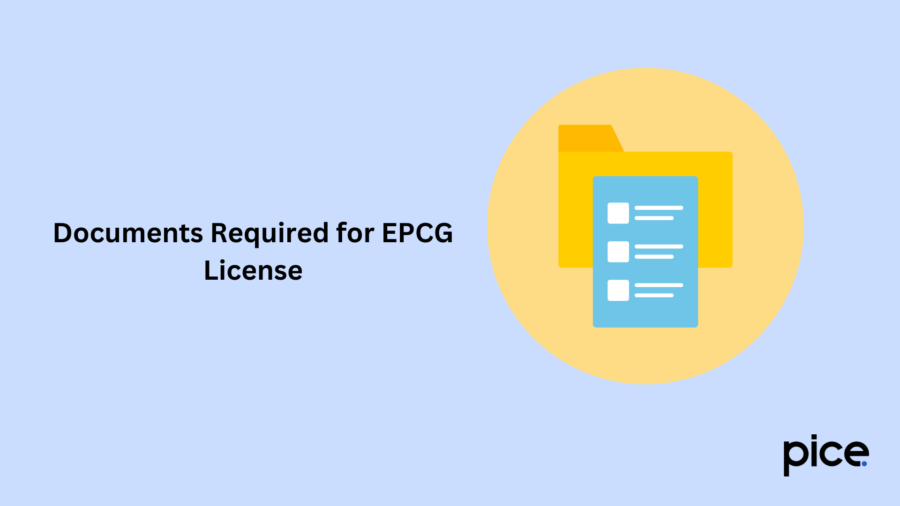
To apply for an EPCG license, you need to submit Form ANF 5B to the DGFT along with the following documents:
● Import Export Code (IEC)
For all cross-border trading associated with India, businesses need a 10-digit alphanumeric IEC code that the DGFT provides. It is the business identification number for export and import activities.
● Registration or Certificate to Prove You Are a Manufacturer
To prove you are a manufacturer, you need to provide MSME/SSI registration, an IEM (Industrial Entrepreneurs Memorandum) Certificate or a Udyog Aadhar Registration or any other Industrial License.
● Registration Cum Membership Certificate (RMC)
You need to possess this certificate to validate that you are a registered Indian exporter.
● DGFT Digital Signature
The DGFT issues a cryptographically secure key for businesses which they have to submit to apply for an EPCG license and become EPCG license holders.
● PAN Card
PAN card acts as a tax identity proof with a unique 10-digit alphanumeric number that the Income Tax Department of India issues.
● Registration Certificate from the Tourism Department
You need to possess the registration certificate issued by the tourism department.
● GST Registration Certificate
If you are a GST-registered business, the GST registration certificate acts as proof of existence for your business.
● Proforma Invoice
This is a purchase order reflecting the import of capital goods.
● Brochure
You can present a brochure for the capital goods imported as a supporting document.
● Self-certified Copy and Original Certificate of Chartered Accountant
The CA certificate confirms the AEO based on the preceding three years’ average.
● Self-certified Copy and Original Certificate of Chartered Engineer
The CE certificate confirms that the machine you purchased performs the functions you mentioned.
Export Obligation Under the EPCG Scheme
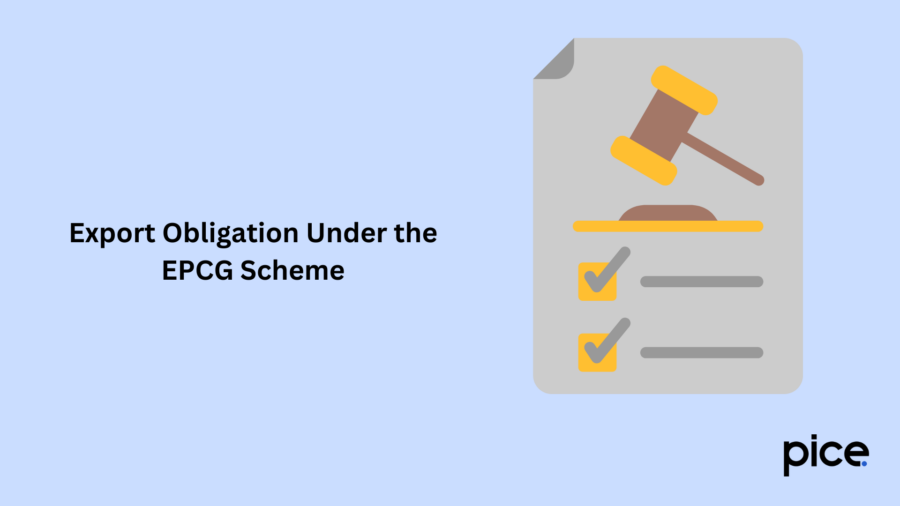
Businesses (export-oriented units) operating under the EPCG scheme have to fulfil their export obligations (EO) each financial year. The value of export needs to be 6 times the savings on customs duty within a 6-year tenure for recovery of customs duty. In other words, businesses have to bring in 6 times the duty saved in domestic currency on imports, in foreign currency within 6 years.
The calculation of Average Export Obligation (AEO) depends on the average exports of the preceding 3 years on the similar or same goods. Businesses need to meet their AEO every financial year. However, businesses can reduce their EO value by meeting conditions like exporting green technology products, local supply sourcing or operating in specific locations such as the North East.
Capital goods importers need to pay customs duties in addition to applicable interest. If a business fails to meet its EO within 6 years, it has to pay customs duties, taxes, cess and a 15% annual interest to the Customs Authority of India.
There are several other existing duty exemption schemes that promote exports to boost the manufacturing industry. However, the EPCG scheme significantly differs from those schemes. The EPCG scheme facilitates the import of equipment. On the flip side, the Advance License or Advance Authorisation Scheme and the Duty-free Import Authorisation (DFIA) Scheme allow the import of inputs for production, including catalysts, fuel, energy, or oil.
How to Apply for an EPCG License?
Here are the steps to apply for an EPCG license:
Step 1: Log in to your account after registering with DGFT (Licensing Authority).
Step 2: Navigate to the ‘Services’ tab and select ‘Online E-comApplication’.
Step 3: Choose the ‘EPCG’ option.
Step 4: Enter the necessary information and upload relevant supporting documents.
Step 5: Submit your application to receive DGFT notification.
Step 6: If the DGFT (Director General of Foreign Trade) approves your application, it will issue an EPCG license within 3 days.
Conclusion
The EPCG scheme GST exemption helps importers in India avail reduced customs duty. However, they have to bring in 6 times the reduced amount in foreign currency within 6 years, in domestic currency. Failure to adhere to the norms can lead to the imposition of interest for the importers.
As a result, if you are an importer, ensure you bring in the required amount within the stipulated time to avoid paying interest.
💡If you want to streamline your payment and make GST payments, consider using the PICE App. Explore the PICE App today and take your business to new heights.









